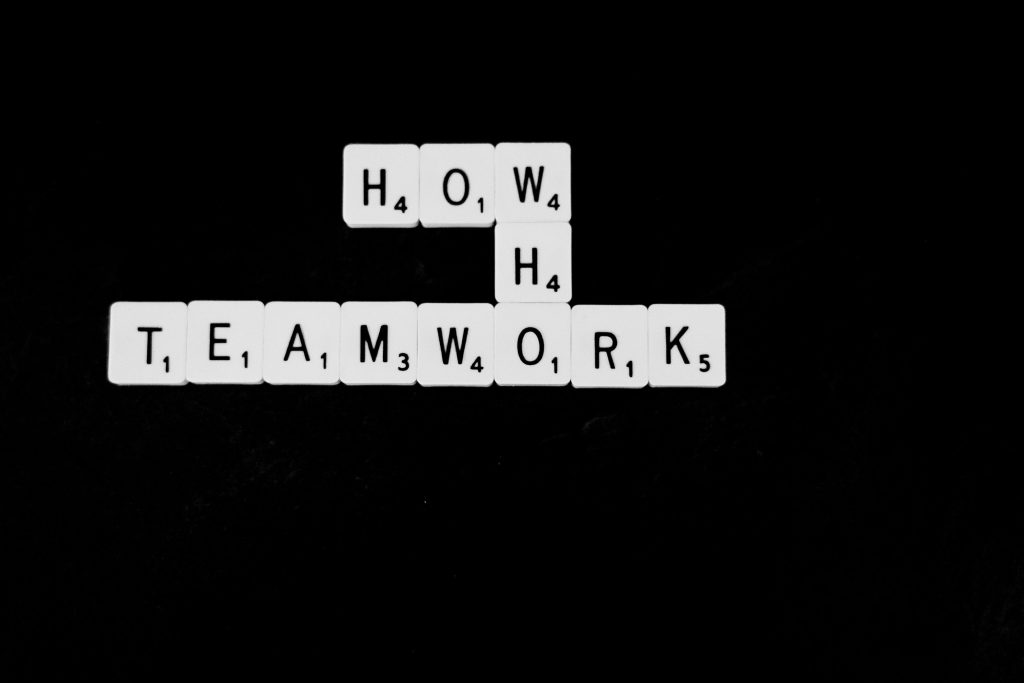Hiring the right employee is one of the most critical investments a company can make. But what happens when you get it wrong? A bad hire doesn’t just affect the individual in question—it impacts your entire organization, both financially and culturally.
How Much Does a Bad Hire Really Cost?
Research suggests the average cost of a bad hire ranges from $15,000 to $17,000, depending on factors like the role and industry. For higher-level positions, these costs can skyrocket. Why?
Because the expense of a poor hiring decision isn’t limited to salaries. It also includes:
● Onboarding and training costs: Time and resources spent on integrating the employee.
● Lost productivity: The employee may fail to meet expectations, and others may need to pick up the slack.
● Disruption to workflow: A misaligned hire can hinder team performance and morale.
● Turnover expenses: The process of replacing a bad hire, from job postings to interviews, can be costly and time-consuming.
Three Ways a Bad Hire Impacts Your Organization
1. Lower Productivity Levels
A bad hire can lead to work that requires extra oversight, revisions, or corrections. Team members may need to take on additional responsibilities, stretching their capacity and reducing overall efficiency. Over time, this creates bottlenecks that impact the organization’s ability to deliver results.
2. Higher Turnover Costs
Replacing an employee comes with its own set of challenges. The Society for Human Resource Management (SHRM) estimates that the cost of a bad hire is about 40% of the employee’s annual salary. For example, a $50,000 salary could result in a $20,000 loss if the hire doesn’t work out. If the role is customer-facing, the ripple effects can damage your brand’s reputation and customer trust.
3. Reduced Organizational Morale
A poor fit can create tension within teams, affecting collaboration and workplace harmony. Employees who have to compensate for a bad hire may experience burnout, frustration, and decreased engagement. Over time, this can erode job satisfaction and even lead to turnover among top performers.
How to Avoid the Cost of a Bad Hire
The best way to mitigate the cost of a bad hire is to focus on improving your recruitment and hiring processes from the start. Here’s how:
1. Develop Clear Job Descriptions
Define the role and responsibilities in detail to attract candidates who align with your needs.
2. Use Objective Hiring Tools
Incorporate behavioral assessments, cognitive evaluations, and structured interview guides to minimize bias and ensure a good fit.
3. Ask the Right Questions
Include motivational fit questions in interviews to assess whether a candidate’s values and work preferences align with your organization.
4. Invest in Recruitment Expertise
Consider partnering with experienced recruitment professionals who can help identify top talent and avoid costly mistakes.
5. Evaluate Your Processes
Regularly review and refine your hiring practices to ensure they remain effective and aligned with your company’s goals.
A Worthwhile Investment
The financial and cultural impact of a bad hire can be intimidating, but the good news is that it’s preventable. By investing time, resources, and expertise into your hiring processes, you can secure employees who not only meet the requirements of the role but also contribute positively to your organization’s culture and success.
At Pink Palms, we specialize in helping companies make the right hiring decisions through our tailored recruitment and headhunting services. Contact us to learn how we can help you avoid the costs of a bad hire and build a team that drives your business forward.
Contact us via: tim@pinkpalms.es
Call/whatsapp: +34 672 226 059

